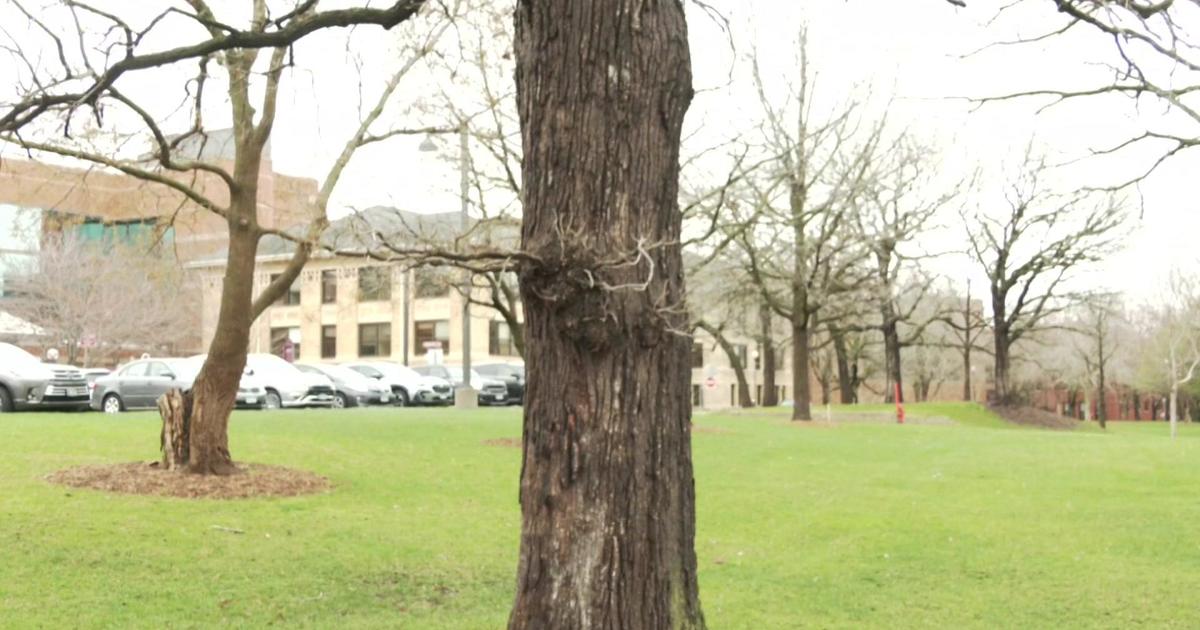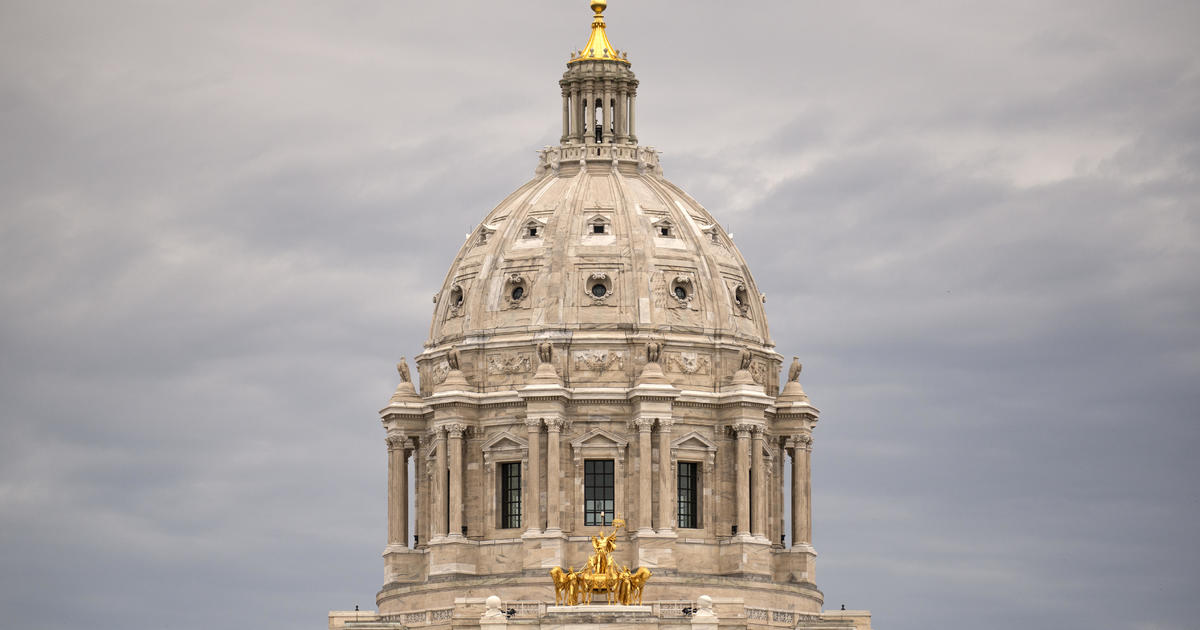The next frontier: Stratospheric balloons reach new heights in U.S. only months after crisis with China
SIOUX FALLS, S.D. -- Three-hundred miles southwest of Minneapolis in the open cornfields of South Dakota, a team of scientists and engineers are about to test one of the most significant breakthroughs in stratospheric aviation.
"Navigation and duration," Jim Nelson, president of Aerostar, a leading aerospace and defense company, explained to WCCO News. "It really is the next frontier."
According to Nelson, Aerostar manufactures and launches up to 100 stratospheric balloons each year. The latest balloon being launched in nearby Hurley, S.D., is a research and development prototype that engineers think can travel for up to five months at 70,000 feet - with the added capability of following directions from flight directors.
"As soon as you can adjust your altitude, now you can find the winds you're looking for and adjust to that wind and going in a different direction," Nelson said. "It's not a replacement for aircraft. It's not a replacement for spacecraft. It really adds to the overall capability that you can get in aviation."
The Sioux Falls-based Aerostar was actually founded in 1956 after a team of defense contractors from General Mills Applied Sciences Division broke off from the conglomerate to start their own firm. The original mission was the production of high altitude research balloons for the U.S. Navy.
Over the ensuing decades, Aerostar would continue its work with many facets of the U.S. Military, in addition to NASA and multiple telecommunications companies.
The balloons have gotten bigger, stronger and more advanced, and despite their reaching new heights, the technology's progress and prominence stayed out of the public's radar - until this past February, when President Biden ordered the U.S. military to shoot down four foreign objects, including a Chinese surveillance balloon off the coast of South Carolina.
"It wasn't shocking to me," Sara Vanhuizen, Aerostar's Stratospheric Engineering Platform Manager, told WCCO News. "It was interesting to see how many people didn't know that balloons could do the things that we do."
Among the functions balloons have performed in recent history, according to Vanhuizen: restoring cellphone service to Puerto Rico after Hurricane Maria, and radar and communications for the U.S. Army in Afghanistan. NASA, moreover, has launched a series of massive Aerostar-made balloons, including one carrying a telescope at 150,000 from Princeton University to view large galaxy clusters.
Future projects include balloons with thermal imaging cameras to assist firefighters in the western United States.
"The thermal imaging allows the firefighters to see what the path of the fire is," Vanhuizen said. "We're hoping to support the firefighting community this summer and many summers to come."
According to Aerostar, all its balloons contain flight control units that identify themselves with air traffic control. They also maintain that none of their balloons -- nor customers -- conduct any surveillance of U.S. citizens.




